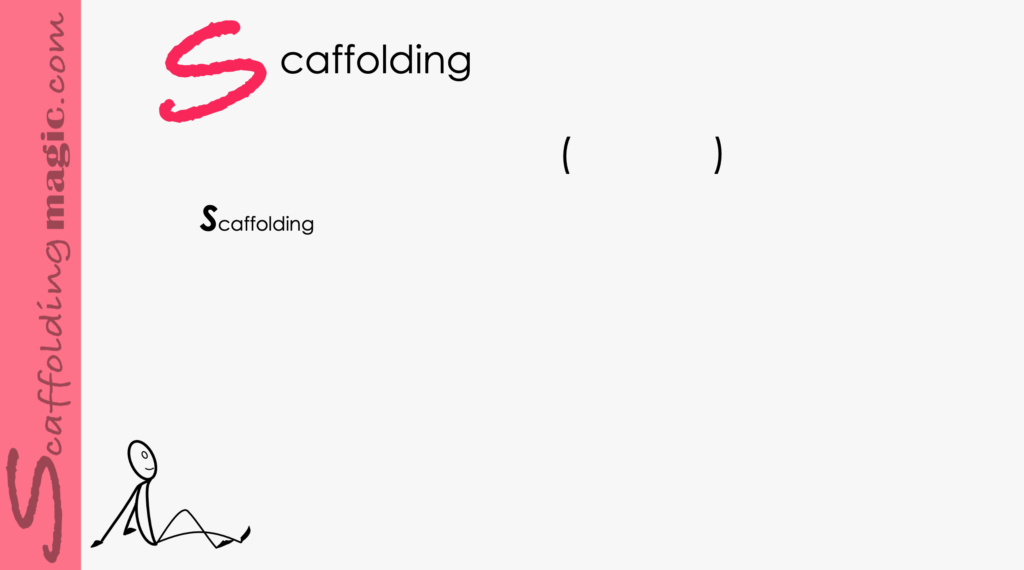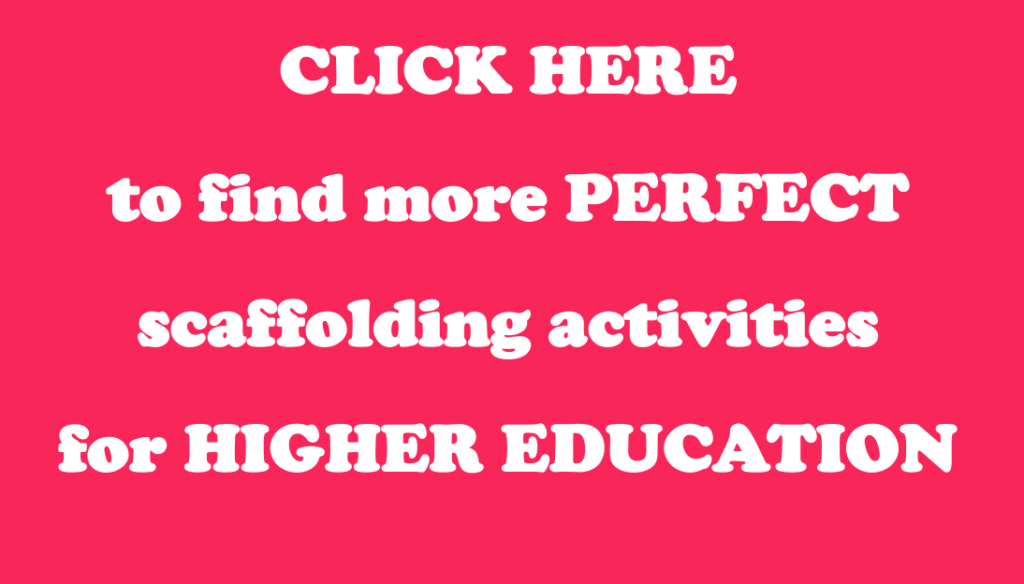You caught a beauty!!!
Download PDF of scaffold here.
Educators often struggle with the question of whether to use authentic materials or edited text so that they become more student-friendly. Authenticliterature refers to narrative and expository texts that are written in the original, natural language of the authors. These texts are not written with a controlled vocabulary, or are rewritten to achieve a particular score according to a readability formula (Routman, 1991).

Graded materials, on the other hand, has been intentionally modified to aid learners in the assimilation of information. They are ‘graded’ in the sense that the syntax and lexis are controlled in order to make the content more accessible to content and/or language learners.
With adequate scaffolding, however, you don’t have to make this choice and you can give your students opportunities to more organically interactive with challenging material. This scaffold shows how we can use images to scaffold the academic language and content of what may be very dense material that is also peppered with challenging and perhaps esoteric academic language. We use some of the philosophical arguments presented in Plato’s Phaedo to show this dynamic and how students can verbally and interactively assimilate new knowledge through past knowledge.
Step By Step: CLIL AUTHENTIC BOOKS PLATO
- Use an image from the material you’re about to begin that represents the characters, content, ideas, academic language, etc. If an image is not proffered in the material, look for one that faithfully represents most of these points and paste them onto one side of an A4 piece of paper.
- Next to each image, use arrows and textboxes to include academic language (vocabulary, terms, phrases) and content that will help your students verbalise connections.
- Print out and copy one handout for every pair of students,
- Show/project the image to a whole class and elicit any linguistic or visual doubts they may have.
(In this case, you’ll see Jacque-Louis David’s depiction of the Death of Socrates which helps to introduce Plato’s Phaedo. You’d explain that Phaedo was one of Socrates’ students and was present at the death of the latter.)
- Model an interaction the students might have using the illustration and text you’ve provided them with. This can be stream of consciousness observations, you can ask them to write a dialogue between characters, or compare and contrast different ideas.
- Give handouts to each pair of students and they work together to verbalise the scene in, with the verbal and visual clues given.
- As a class, students share their conclusions and make respectful and reflective comments on their classmates’ work as well. (You can post these precepts for respectful feedback:: Be Kind, Be Respectful, Be Specific, and speak about the information and not the person/group).
Students Can Learn More About The Artistic And Historical Side Of The Painting At This Site.
See An Example Of A Pre-School Lesson For Scaffolding Authentic Books.
See An Example Of A Primary School Lesson For Scaffolding Authentic Books.

PDF Of Handout

Handout In Word Format
Scaffold in WordScaffold in PDF


Scaffoldingmagic.com is your entryway into DYNAMIC bilingual learning methodologies, such as Phenomenon-Based Learning, CLIL, EMI, and ESL. You’ll find ways to implement critical thinking tools (DOK) to promote higher level thinking, the growth mindset, instill an ethic of excellence, deep reflection on learning, and all through multi-cultural, interdisciplinary activities. We have the keys to turning competences into action and to creating collective efficacy in your school so you move ahead as a unified, enthusiastic team.



